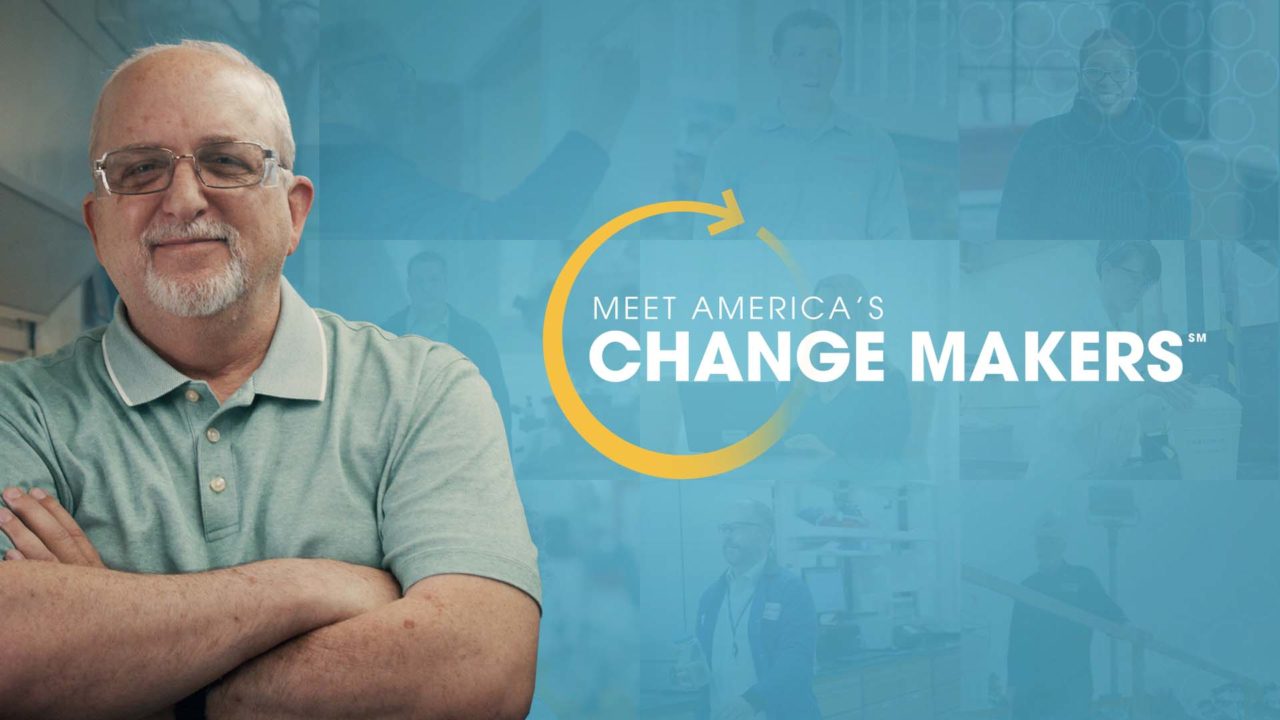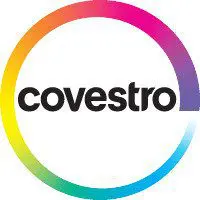Meet Kerry: senior technical service representative, Covestro
Kerry is a gearhead.
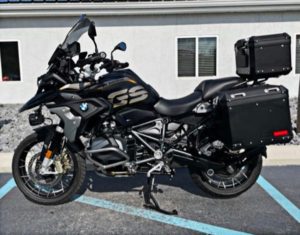
“As far as hobbies go, I love motorcycles. And I’ve got a 1972 Beetle. That’s my wife’s and my baby. When I retire, my job is to put a new motor in it.”
He’s been tinkering with all sorts of machinery for decades.
“My inherent nature is mechanics. One of the things that makes me good at my job is that I’m a gearhead by nature.”
Today, Kerry’s tinkering delivers big time advances in sustainability. His job? Kerry works with machinery designed to create high-performance, energy-saving insulation. Hi-tech foam insulation that helps drive down energy use and greenhouse gas emissions from things that we use every day. Like our refrigerators. Water heaters. And our homes.
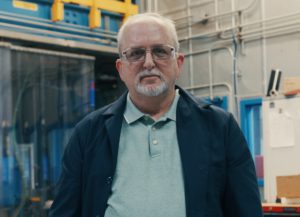
“If we want to change the world, we have to change the way we think and act and create products.”
As senior technical service representative for Covestro, Kerry does his part to change the world by making the stuff we use every day
progressively more sustainable.
Meet Kerry: One of America’s Change Makers.
Kerry works closely with Covestro’s customers who make multiple consumer and commercial goods.
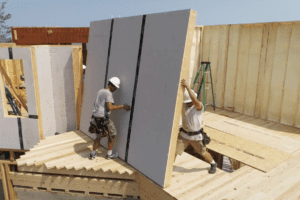
“Let’s see, rigid insulation foam goes into garage doors, entry doors, refrigerators, water heaters, walk-in coolers,
picnic coolers, houses.”
He helps companies increase their efficiencies and reduce waste as they incorporate foam insulation into their products.
“My role is to make sure that the customers are able to use the material in the most efficient way. What I see as part of my job is helping them reduce the amount of waste that they produce so it doesn’t go to landfills.”
The sustainability benefits of his work are obvious.
“The rigid insulation foam will bring down the cost of cooling a house. It’ll bring down the cost of temperature control in the building. It brings down the amount of energy used and the cost of operating a refrigerator.”
“The type of innovations we’re achieving today with the rigid insulation foam is really helping the appliances and other products drive down their energy needs and make homes and buildings and everything much more efficient.”
In addition to helping reduce energy use and drive down greenhouse gas emissions, he’s also seen innovations that reduce his industry‘s environmental footprint. Such as innovations in “blowing agents,” materials that contribute to the mixed liquid components becoming highly-insulating foam.
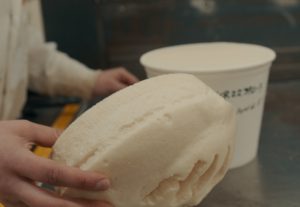
“Ten years ago, we were using blowing agents in foams that weren’t as environmentally friendly. They were higher in global warming potential and in ozone depletion. Since then, the industry has developed much better blowing agents that are now zero ozone depletion and very low global warming potential.”
That sustainability push, the constant innovation needed to reduce the environmental footprint, doesn’t stop.
“So as far as polyurethane foam, we always manage to improve it a little bit and a little bit more and a little bit more. From the standpoint of sustainability, the company is looking to reduce its carbon footprint.”
A forward focus is on recycling foam materials, to remake them into new foam in a circular loop.
“Our company is doing a great deal of work in the recycling of polyurethane. We’re working with customers to come up with ways to recycle. There is a big drive to recycle foam from refrigerators and water heaters and large appliances. And to do that, programs for collections of these items will have to be set up and recycling systems put in place to break down the foam back into usable raw materials.”
Someday not too far in the future, Kerry’s looking forward to spending his time touring the country on his motorcycle. And leaning into his gearhead nature by fixing up that VW.
Well deserved, Kerry.
We wish Kerry and his coworkers continued success.

